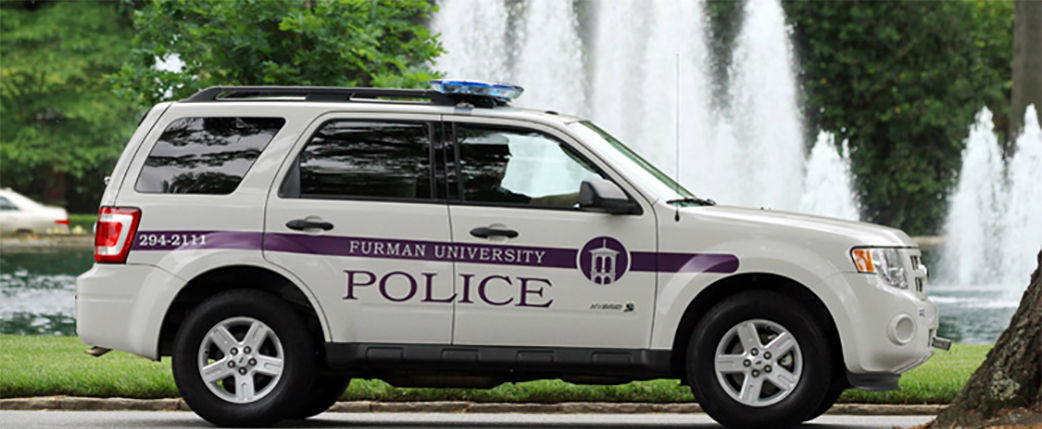In fall 2011, a student fainted while sitting in class. The teacher immediately called the Furman University Police, and within the span of about 10 minutes, the student regained consciousness and first responders from the fire department arrived.
An ambulance, however, had not been dispatched, even though neither the University Police nor medical personnel had been informed that the student was now conscious. One member of the class, who wished to remain anonymous, said that the student who fainted “could have had something a lot more serious going on,” arguing that it would have been safer if an ambulance had been dispatched.
There have been other cases where emergency medical response at Furman has suffered from delays, including another 2011 incident. Interviews with students suggested that some are still uncertain about whether it is better to call 911 or the University Police.
Furman’s Chief of Police Tom Saccenti indicated that emergency response may be improving after the annexation of Furman into Traveler’s Rest, and he expressed his hope that the department’s introduction of a new campus safety smartphone app in the next few weeks would further improve student safety.
After Furman’s annexation into Travelers Rest, Saccenti reports better communication between University Police and the 911 system. While the Travelers Rest 911 call center doesn’t have an ambulance service, the center will transfer the calls to a central dispatcher in medical emergencies.
The new University Police website is clear that students should call 911 in emergency situations.
“If you call 911, we [University Police] will still get dispatched out to it,” Saccenti said.
Students who are now juniors and seniors may have been encouraged to call University Police rather than 911 during freshman orientation. The old Furman website had also emphasized calling University Police in emergencies, stating that “University Police Officers are trained in CPR and First Aid and will immediately respond to medical emergencies on campus.”
Still, past cases have also raised concerns about the speed of emergency response even when an ambulance is dispatched.
In the fall of 2011, a player on Furman’s club Quidditch team suffered a complete dislocation of the kneecap during practice, and the team contacted the University Police.
The fire department arrived along with a University Police officer, but it was not until the fire department arrived that an ambulance was dispatched.
At least 30 minutes elapsed between the initial call to University Police and the arrival of the ambulance. In Greenville County, the industry standard for ambulance response time is 8 minutes at least 90% of the time for life-threatening situations and slightly longer for non-life threatening situations.
Improvements in emergency response may accompany the introduction of the LiveSafe mobile app for Furman within the next few weeks. The app has an interface with four options: Report Tips, Emergency, View Map, and Notify Contacts.
When students choose the Emergency tool, they can call 911 and call and message University Police. The advantage of the app is that it sends University Police the user’s GPS location on campus.
The Report Tips option allows students to anonymously report incidents like harassment by sending a text message, picture, or video. If users choose View Map, they can view the safest walking paths, local alerts, public crime reports, and the location of the SafeRide Shuttle or SGA weekend shuttle. The Notify Contacts function lets users designate a “virtual escort” who can monitor their GPS location, for instance, during a late night walk back from the library.
Under app details, it states that “should an emergency arise, always dial 911.” The app, designed in part by a survivor of the Virginia Tech massacre, is intended to increase student communication with campus police and vice versa. The LiveSafe app is free and available in the Apple and Google Play app stores.
